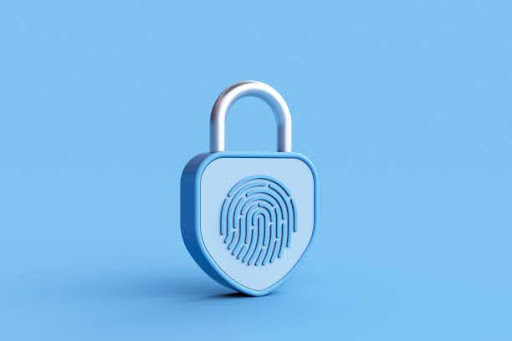Business identity theft is not a risk for individuals only; business entities are potential victims of such frauds as well. The concept of business identity theft occurs when the owners, the directors, or any entity behind it is a group of wrongdoers. They use enterprises’ names to open bank accounts to facilitate the conduct of other illicit activities. In the business world, it may be challenging to risk using a corporation’s name in a bid to make some monetary gains without legal permission.
What is Business Identity Theft?
Business identity theft happens by manipulating bank accounts and credit card information so that fraudsters do not raise suspicion when engaging in such activities. Since the business is being conducted by an illegal entity, it takes the company’s vital information, including TIN, to make profits. Credit can also refer to a criminal entity that franchises him or herself using the identity of a legal entity. These unnoticed tractions affect business partners’ finances and erode reputations.
Also, using trademarks, copyrights, patents, or any other property in a prohibited manner, such as for personal gains. It is unlawful and might lead to business identity theft and subsequent legal proceedings. The sensitivity of data and documents is a big concern, that a business has to make strict policies not to allow individuals to steal others’ identities. If these thieves are not apprehended on time, then it causes fraud, and the image of the company will be destroyed in the marketplace.
5 Types of Identity Theft
- Tax Identity Theft
Tax identity theft is a common type of illegal issue in which the business’s tax details are stolen to file a tax return and claim a refund. The illegal business may use the name of the legal ones to avoid taxes. The victimized companies suffer financial loss and face problems in filing their own taxes.
- Physical Identity Theft
When the business address, beneficiary passport, or physical documents are illegally used by other companies, it is called physical identity theft. By doing so, illegal companies use victim company details to open accounts, access services, and access other forms of identification. This badly affects the credit history of the victim company and causes reputational damage.
- License Identity Theft
The Beneficial owners information needs high-level security, especially their driving licenses. There is a risk that companies can steal the driving license information of beneficial owners to access services and open bank accounts. If that information is used in crimes, it may cause great loss for the victim.
- Bank Identity Theft
Business identity theft occurs when the account information is stolen to do illegal activities. For example, the thief company may use the information to open a new account, make purchases or commit other sorts of bank frauds.
- Account Takeover (ATO) Identity Theft
ATO refers to taking over the existing business account by changing information or stealing passwords. Thieves can use victim accounts to make purchases or access others’ services. As a result, the victims face financial loss and reputational damage.
Steps To Business Identity Protection
Business identity theft is an increasing challenge to the market, resulting in significant loss to the victim company. If a business wants to save its credit score and reputation, there are the following steps that it must take:
- A company must be updated about ways of preventing business identity theft and educate its members on how to prevent such risks.
- Monitor the business credit report at regular intervals.
- Must sign up for digital notification with the bank and another business consultant.
- The bank statements must be reviewed, and report any suspicious funding
- All the business data and documents must be kept secure. Protect information, including employer identification number (EIN), account numbers, and other personal information.
- Rely on best cybersecurity practices and invest in cybersecurity insurance.
- Don’t share sensitive information over email or any web-based service.
Preventing Identity Theft
Business Identity Theft is considered one of the great financial risks to the companies. The company’s sensitive information can be stolen to open bank accounts, avoid tax payments, make purchases, or commit other frauds. The stolen information results in great damage to the victim company’s bottom line and reputation. In the current digital world, there are several ways to steal the company’s information online, and cyber stack risk is high. The companies must rely on business verification while onboarding them to prevent such financial risks. Additionally, ongoing monitoring is required to detect any threats from the business partners.

